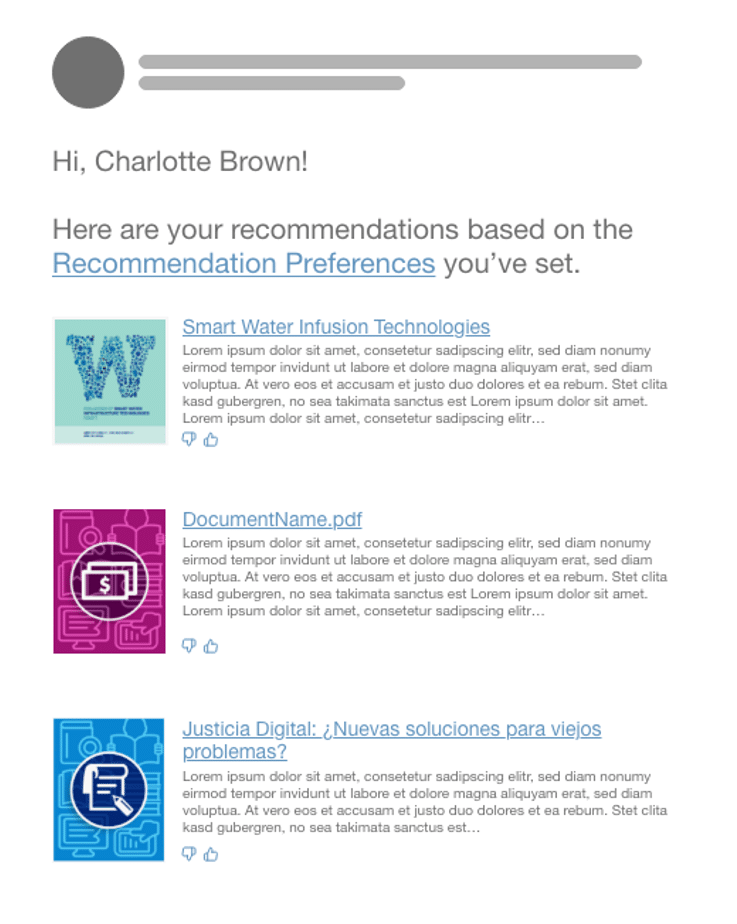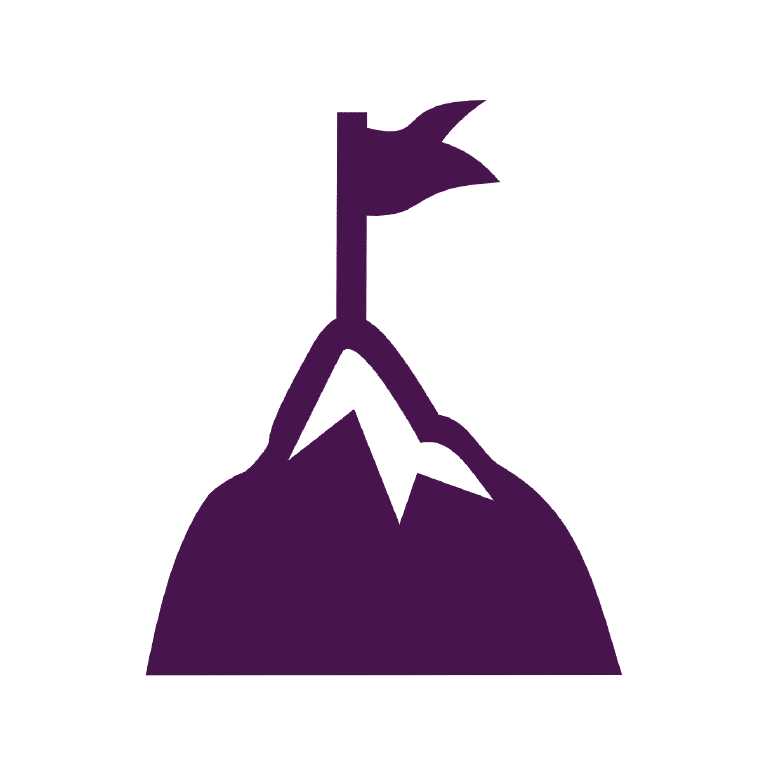
The Challenge
A global development bank needed a better way to disseminate information and in-house expertise to all of their staff to support the efficient completion of projects, while also providing employees with an intuitive knowledge sharing tool that is embedded in their daily process to mitigate rework and knowledge loss.
Leadership recognized that their employees were unable to leverage the organization’s knowledge capital because it wasn’t easily findable. In categorizing and ingesting both the institutional knowledge [contained in both structured (web pages, databases, etc.) and unstructured (emails, PDFs, videos, etc.) content items] and each individual’s area of expertise, the bank hoped to automatically assemble and proactively deliver targeted information to the appropriate individuals. Their goal, as summed up by the project sponsor, was – “We want knowledge to reach out to people!”
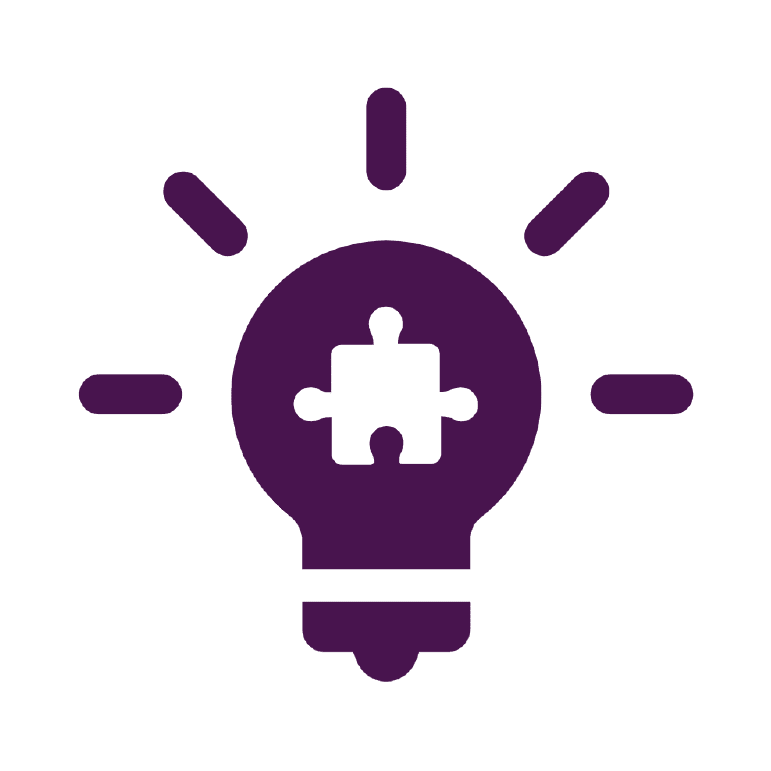
The Solution
To organize and typify the various categories of both the institution’s knowledge and that of its employees, EK enriched their business taxonomy, developed an ontology and a knowledge graph to create a semantic hub (colloquially referred to as “The Brain”) that, while leveraging the knowledge graph, collects organizational content, user context, and project activities. This solution uses AI to automatically deliver content to bank employees when and where they need it. The Brain was built on a graph database and a taxonomy management tool. Content from around the organization is auto-tagged (using the taxonomy management tool) and collected within the graph database. Together, these two tools, in which this aggregated information is managed and stored, power a recommendation engine that delivers contextualized recommendations via email, suggesting (in the form of links or attachments) relevant articles and information per the following scenarios:
- A user schedules a calendar event on a given topic, or
- New content is introduced to the system that matches a user’s pre-defined interests.

Presently, the same strategy is being expanded to power a chatbot as part of the bank’s larger AI Strategy. These outputs are published to the bank’s website to help improve knowledge retention and to showcase the institution’s in-house expertise via Google recognition and search optimization for future reference.
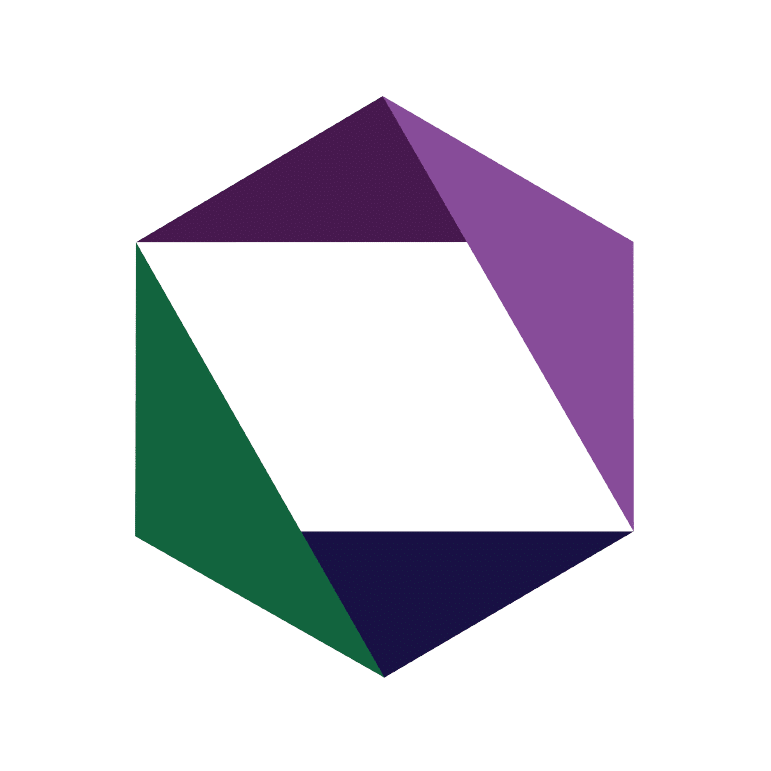
The EK Difference
Leveraging our vast experience with taxonomy/ontology design and semantic technologies, we helped the bank model their domain through a series of workshops and stakeholder interviews. Once the domain was in place, we applied our expertise in Solutions Architecture and Big Data orchestration to develop an application that quickly and efficiently loads and tags content from multiple sources into a single repository – a Knowledge Graph – used to provide recommendations to bank staff.
We specifically applied our core competency in analysis, design, implementation, operations, and maintenance of information management systems and technical platforms for managing subject expert knowledge and topical information to ensure the bank had a solution that met their specific needs. Throughout the entire process, EK went beyond technical implementation, engaging with business users to ensure we were designing interfaces, workflows, security models, content cleanup practices, classification procedures, and governance guidelines to inform and define the long-term adoption and sustainability of the system.
EK further employed our data science and engineering experience to iteratively enable knowledge-oriented AI to train the recommendation algorithm and upstream applications to consume and “understand” the bank’s data in a manner similar to which their staff understands and uses it.
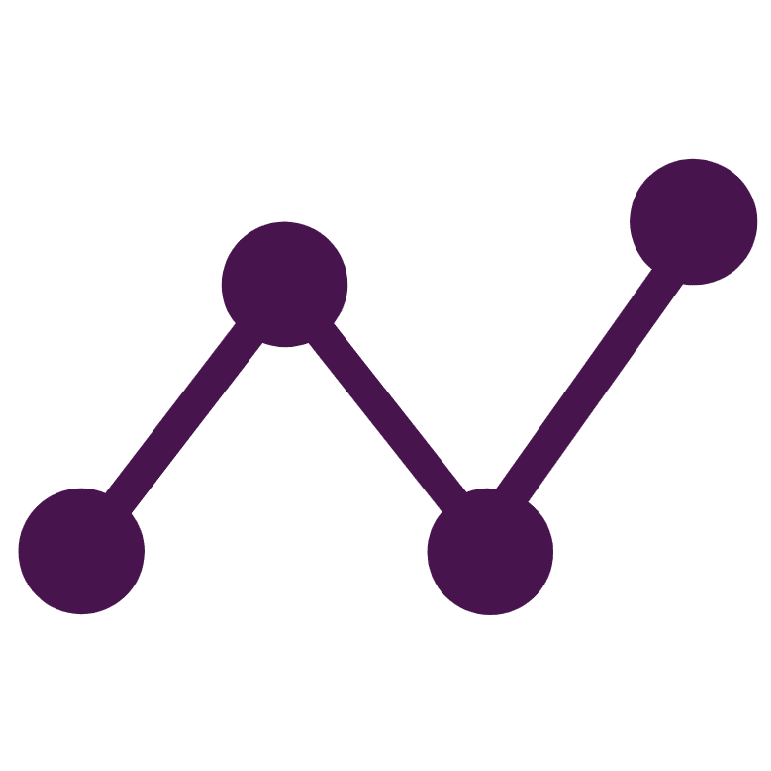
The Results
In addition to connecting people to information, the tool is providing timely content recommendations on three different web applications and in advance of important meetings, as well as via a Chatbot service.
Using knowledge graphs based on this linked data strategy enabled the bank to connect all of their knowledge assets in a meaningful way to:
- Increase the relevancy and personalization of the search experience;
- Enable employees to discover content across unstructured content types, such as webinars, classes, or other learning materials based on factors like location, interest, role, seniority level, etc.; and
- Further facilitate connections between people who share similar interests, expertise, or location.

